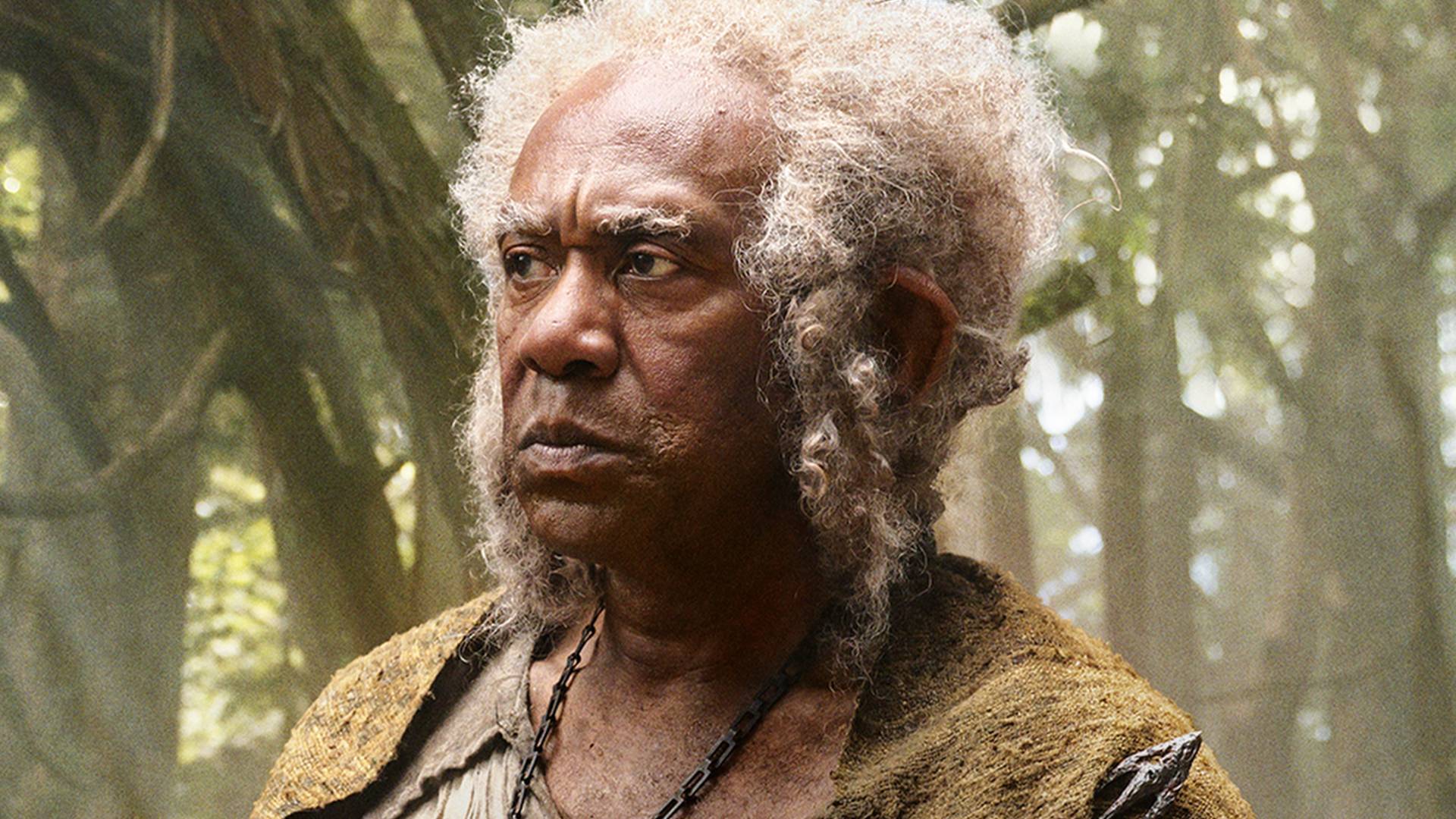Are Harfoots the same as Hobbits? What's the difference?
We explain just who the Harfoots are

What is a Harfoot, anyway? While much of The Lord of the Rings: The Rings of Power will be familiar to fans of Peter Jackson's movies, Harfoots are an all-new edition to the on-screen world of Middle-earth, though they do originate in the works of J.R.R. Tolkien, who wrote The Hobbit and Lord of the Rings books.
The loveable Harfoots are actually a type of Hobbit – that's the likes of Bilbo, Frodo, and Samwise. Here, we explain exactly what a Harfoot is and how they're different (but still very similar) to the Hobbits we all know and love. And, have no fear, there are no Rings of Power spoilers below, so you can dive right in whether you've seen the first two episodes or not.
What is a Harfoot?
Harfoots are one of three types of ancestors to the Hobbits, with the others being Stoors and Fallohides. By the events of the main Lord of the Rings story in the Third Age, the three types had long intermingled. Their descendants were Hobbits like Frodo and Sam. In The Rings of Power – which takes place a few thousand years before Bilbo and Frodo wandered Middle-earth – you will meet Harfoots named Elanor 'Nori' Brandyfoot and her mother Marigold and father Largo, as well as her best friend Poppy Proudfellow. Then there's Sadoc Burrows, a mysterious soothsayer.
According to Tolkien's Prologue to The Lord of the Rings, "the Harfoots were browner of skin, smaller, and shorter, and they were beardless and bootless; their hands and feet were neat and nimble; and they preferred highlands and hillsides."
Showrunner Patrick McKay explained more about the species in the show to Vanity Fair. "One of the very specific things the texts say is that Hobbits never did anything historic or noteworthy before the Third Age," he said. "But really, does it feel like Middle-earth if you don't have Hobbits or something like Hobbits in it?"
Another thing to know about the Harfoots is they're very nomadic. Per the Prologue, the Harfoots "moved westward early, and roamed over Eriador as far as Weathertop while the others were still in Wilderland." They were even the first to go to Arnor, where the Dúnedain (long-living men, including Aragorn) lived, and got as far as Bree, the furthest west any Hobbit had settled at the time.
Despite their tendency to roam, though, they're also said to have been "the most inclined to settle in one place, and longest preserved their ancestral habit of living in tunnels and holes." Harfoots call their holes smials. As you might expect from such a friendly bunch, they also get along well with Dwarves, who Tolkien says they had "much to do with" in the past.
Bringing all the latest movie news, features, and reviews to your inbox
Harfoots were also the most common version of Hobbit, and Tolkien writes in the Appendices that the Fallohides and Stoors even gave the Harfoots the name "hobbit," which traces its etymology to a word in the Rohan language: holbytla, or "hole-builder." Remember: in a hole in the ground there lived a Hobbit…
For more Middle-earthian history, check out our guide to the Lord of the Rings timeline. The Rings of Power drops a new episode on Amazon Prime Video weekly – check out our The Rings of Power release schedule to find out exactly when the next episode arrives in your time zone. In the meantime, see our guide to the best shows on Amazon Prime Video to fill out your watchlist.

I'm the Deputy Entertainment Editor here at GamesRadar+, covering all things film and TV for the site's Total Film and SFX sections. I previously worked on the Disney magazines team at Immediate Media, and also wrote on the CBeebies, MEGA!, and Star Wars Galaxy titles after graduating with a BA in English.


